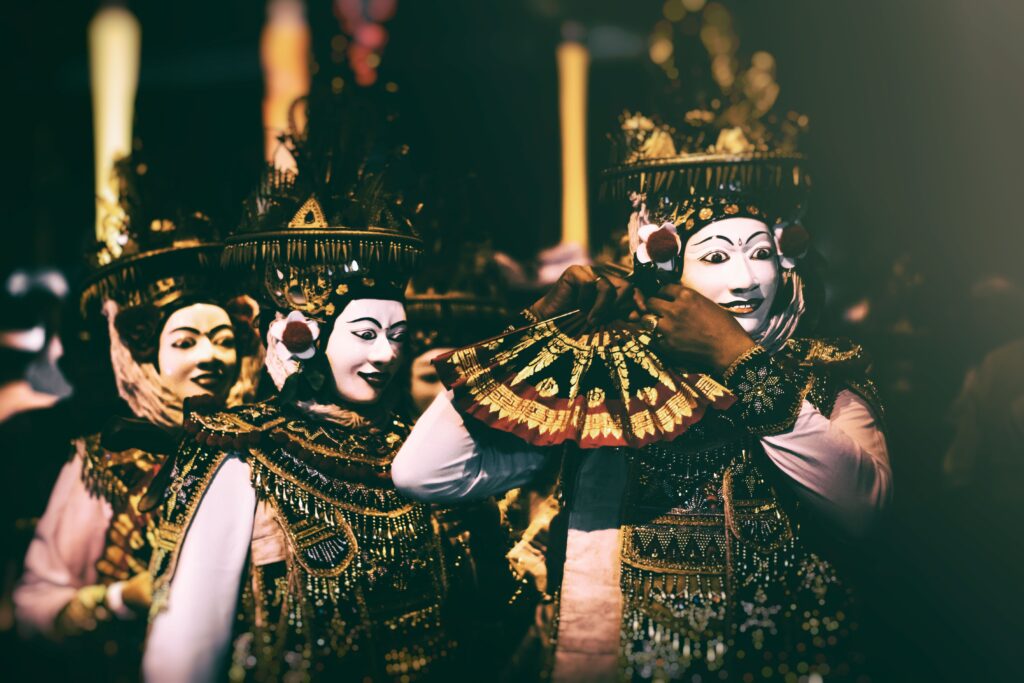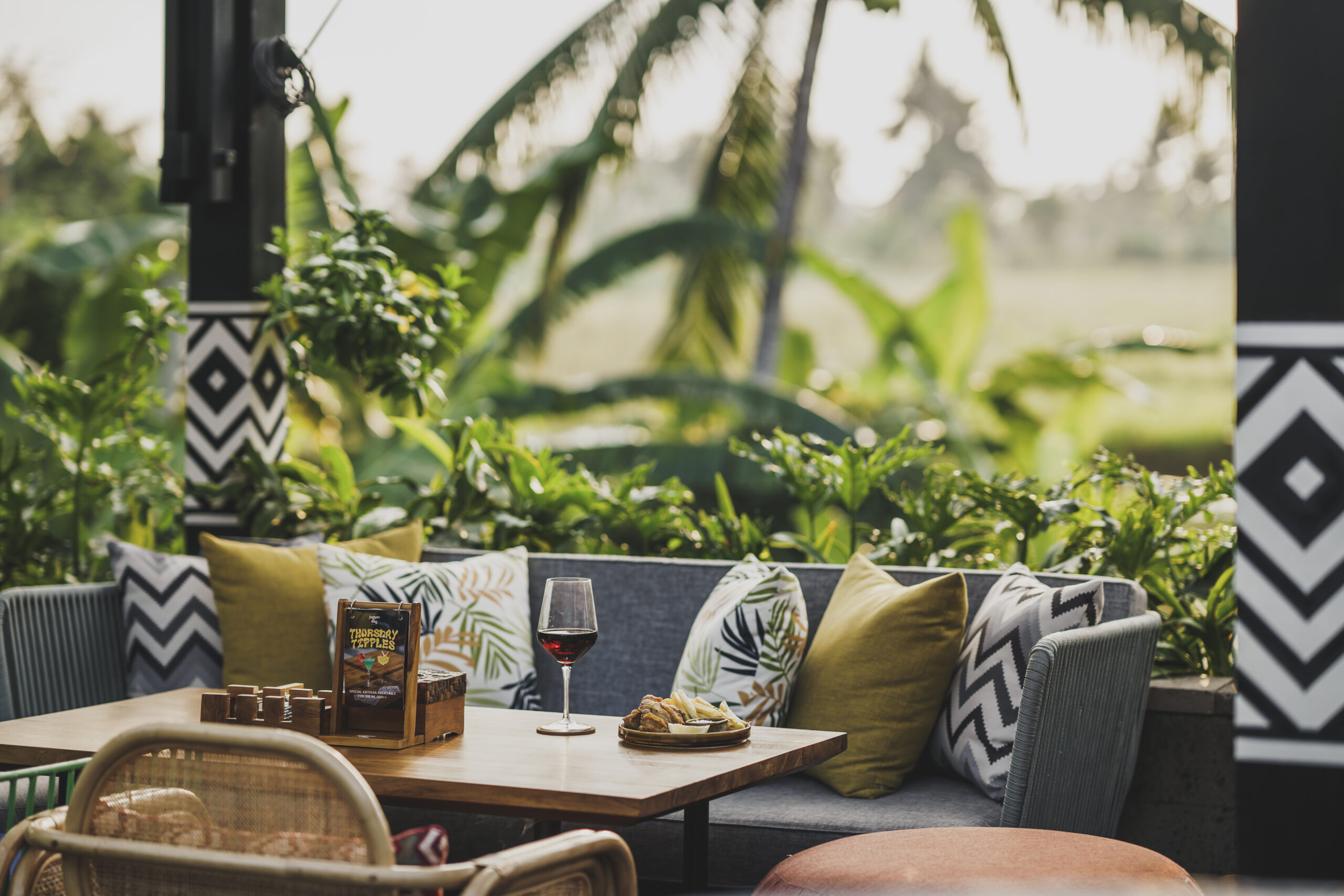If there’s one place in Bali, Indonesia that is synonymous with arts and culture, Ubud could be it. If you ask around, people will probably also mention Ubud. The question is, why Ubud? Through the past, we can find the answers—through the present, we see how it still holds true.
As part of culture, art has been around since the dawn of time, and Bali is no exception. The pillar with ancient inscriptions known as Prasasti Blanjong in Sanur, a holy water temple known as Pura Tirta Empul in Tampaksiring, and a historical court of justice called Kerta Gosa, painted in the art style of Kamasan in Klungkung—all three are cultural testaments on an adored island.
The music and dance echo throughout the island as Balinese devote their lives to religion. The sounds of steels and drums of a sacred music called gamelan improvise, accompanying all kinds of dances from intricate movements enacted by girls in Tari Legong to the war dance Tari Baris. Creativity moves in an endless rhythm—Bali is truly an island of art and religion.
When tourism was established in the early 20th century, Bali was adored as a paradise in the memories of those who came, or want to come to the island. As Bali was exposed to the world, the world also exposed itself to Bali. An intercultural process occurred on the island, leading to progress in the arts—with Ubud emerging as one of, if not the definitive place where art flourishes.
In Ubud, a river at Campuhan flows gracefully. A bridge connects the road, and through the past, we see it also connecting cultures. Campuhan or Tjampuhan can be translated to mix or mingle—reflecting the area where people from all around the world blend with Balinese people that blossom into multiculturalism.
Pitamaha was a pivotal movement in 1936 when traditional art progressed into modernity, bringing together both East and West. The art guild was founded by German artist Walter Spies, Dutch artist Rudolf Bonnet, Balinese artist I Gusti Nyoman Lempad, and Tjokorda Gde Agung Sukawati as a patron from the Ubud kingdom. Together they created a cultural dialogue that established Ubud as a place where modern Balinese art was born.
Hundreds of artists were part of Pitamaha, including painters, carvers, and sculptors such as Ida Bagus Gelgel, I Nyoman Tjokot, and Anak Agung Gde Sobrat. Eventually, three art styles emerged in Bali named after the areas of Ubud, Batuan, and Sanur.
Since then, Ubud is known as a place where artists reside, create, and collaborate. After World War II, Manila-born artist Antonio Blanco also found refuge in Penestanan near Campuhan in 1952, while Arie Smit collaborated with Balinese people since 1960 by encouraging them to paint—which became the Young Artists movement.
The art of the past can still be visited through museums such as Puri Lukisan and Lempad’s House, or hotels such as Pita Maha where the Pitamaha movement was created. It doesn’t stop there, as creation and collaboration in Ubud keep happening in the present through the presence of active galleries with new emerging artists, programs, and all kinds of ideas.
As visual art kindles through intercultural mingling, so does dance with Kecak or Ketjak that reinterpret a ritual with the addition of drama taken from the timeless tale of Ramayana. Created in the 1930s by Walter Spies and Wayan Limbak, it is a perfect example of cultural collaboration that exists until the present day.
In terms of music, the gamelan can be traced back as early as the 9th century in Bali. The sacred sounds entrance those who hear it, including people who just arrived on the island with open ears and minds for the eclectic. One of them is the Canadian-American composer and writer Colin McPhee, who studied gamelan along with Balinese culture in the 1930s—a fascination that eventually made its way into his compositions.
From vinyl recordings of the 1920s to the improvisational sounds of Gong Kebyar by Peliatan village that brought the island’s music to Paris, France in 1931. The group that brought the vibrant style and sound of gamelan toured places from Australia to the United States of America.
Today, the music still plays in Ubud. Each village has a gamelan that jams to the expressionist sounds of metal clangings, drum beatings, while the sound of flute leads the melody. As art ventures into new contemporary territory, the music follows suit with Western instruments creating genres such as pop, rock, and electronic music. The sounds of different cultures on the island embody the spirit of Ubud, embracing differences with harmony.
At JUGGAN SKY Art and Artists Meet
Art, and the cultures that create what Ubud is today is the state of mind that a place in Singakerta also believes in. Surrounded by lush jungle and rice fields that radiates that timeless charm, JUGGAN SKY is the first-ever Ubud rooftop bar for all kinds of people to come and gather round in the spirit of multiculturalism.
Paying homage to the arts and its never-ending progression, this artisanal beer garden in Bali provides a space for creativity, inspiring people to create, collaborate, and even showcase their work. With a focus on craft beer in Ubud, the multicultural meeting place provide an exceptional beer tasting experience along with cocktails and international culinary delights.
A true tropical setting with towering coconut trees, JUGGAN SKY seemingly blends with nature—capturing visions of paradise. When the weather is right, breathtaking views of the mountains become the backdrop, and when the sun finally sets, this jungle view bar in Ubud turns into a superb sunset lounge in Bali.
JUGGAN SKY continues Ubud’s legacy by providing space to mingle for everyone, from artists, eccentrics, thinkers, game-changers, to curious minds. In this sanctuary of glam, every pour tells a story, and every gathering is a chapter that contributes to the ongoing progression of Ubud and Bali’s arts and culture.





